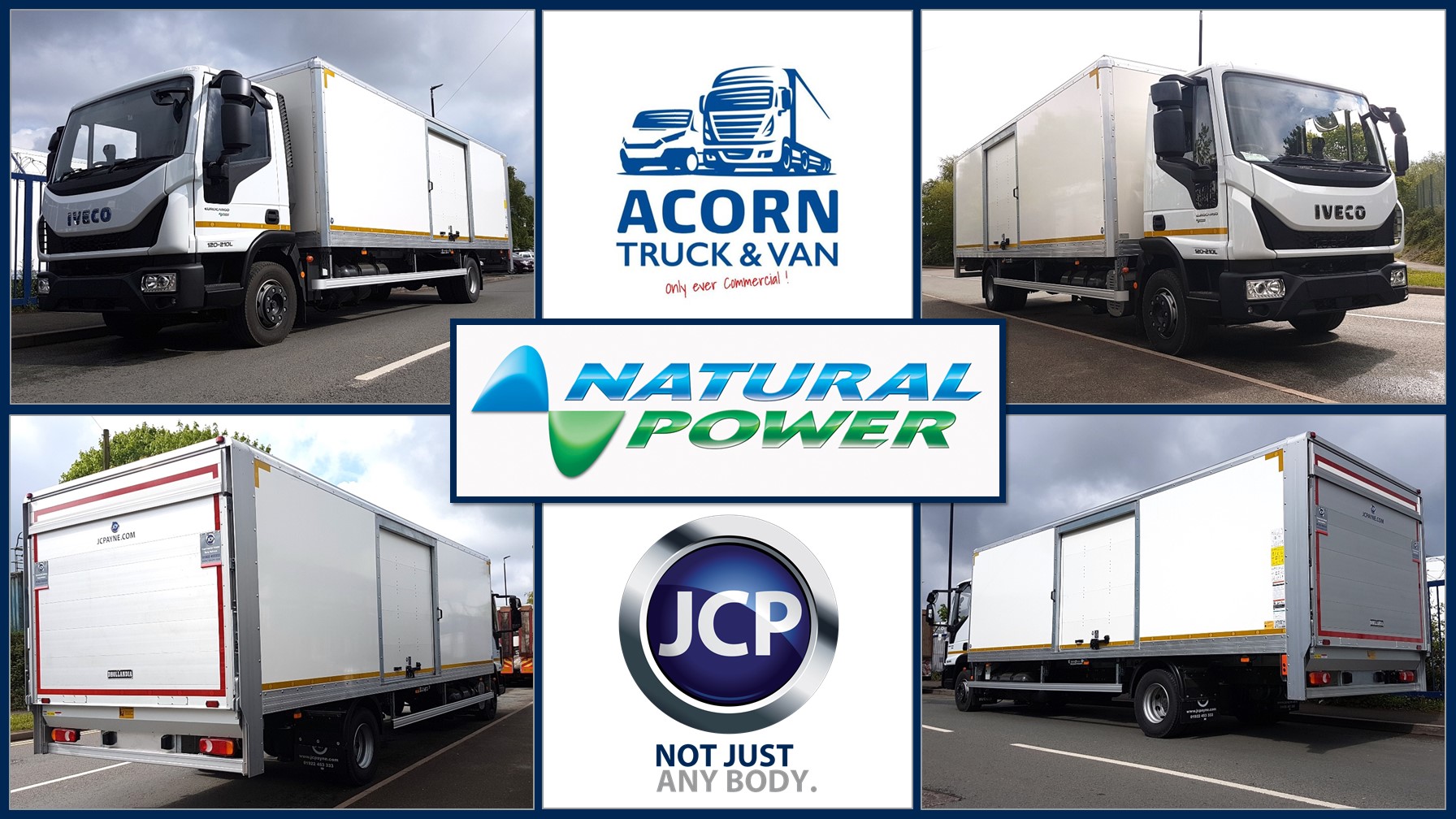
Sinclair’s Laundry (part of the Imperial London Hotels Group) approached Martin Hayes @ Acorn Trucks with a logistics dilemma that they needed assistance with bringing an idea to life for their Laundry Commercial Vehicles
Currently they run five 7.5t boxes with a 2-man operation in each truck and firmly believed they could reduce this to a three-truck fleet thus saving on manpower, fuel and maintenance costs whilst also reducing their carbon footprint but were unsure how to make it work.
These types of bespoke builds don’t come up very often, but when they do, it gives the engineering department at JC Payne a chance to really get to work and create something that ticks all the boxes for these Laundry Commercial Vehicles
Futureproofing is something of a no brainer.
If you can do it, it must be done. It makes no commercial sense to create a problem further down the lifeline of these vehicles. With that in mind, there are several things these vehicles need to be able to cope with immediately, and in the future as there are changes in the pipeline at the laundry factory (for example, improved loading/unloading ramps & facilities). So, JC Payne and Acorn Trucks had to find solutions to problems that don’t even exist yet.
They started off with the chassis. A 12 tonne Iveco Eurocargo ML120EL210-P was ideally suited for a number of reasons:
1- Low Ride Height, running on 17.5″ wheels
2- Rear Air Suspension, to keep the ride height constant, even when unloaded, so no surprises when entering height restricted areas.
3- Increased payload,
4 – Also, this chassis can take a 7.3m (24ft) long body at max width.
This size is needed as they must replace the payload and volume of five 7.5t vehicles. The only chassis that were available for the Laundry Commercial Vehicles within the timeframe required the wheelbase extended from 4185mm to 5670mm to take the longer body.
CNG (Compressed Natural Gas)

They also opted for a CNG (Compressed Natural Gas) option. With the new ULEZ in Central London, it was either this or Euro 6 and because of the parent company’s continental links, they opted for the Gas due to its popularity in Europe. This also allowed for some short-range tanks to be fitted (Vehicles will only be doing 50 miles per day) also there is an argument that CNG can be quieter which is ideal when working around hotels in the early hours.
Gas Trucks also benefit from:
* Zero NOx emissions
* No Adblue
* Almost zero particulate emissions, hence no DPF
* No DPF (Diesel Particulate Filter)– blocked DPFs are a common source of problems for urban delivery diesel powered vehicles, they filter PM10 size particles, etc. These have been linked to causing health problems – asthma, etc
* Very low CO2 footprint when running on Bio-gas
Another issue with the Laundry Commercial Vehicles Body was the overall height. These trucks frequent underground hotel carparks and collection loading bays in central London. Of which most have 3m OAH restrictions. The lower body height also allows for an increased payload as there is less weight in body panels.
Part of the futureproofing of these vehicles was to have some side doors fitted to work with the “not yet built” loading bays back at the laundry. However these twin doors either side added quite a lot of weight to the body so they opted for a full closure tail-lift on the rear. This is a weight saving option as the lift is built into its own framework. This negates the need for the box bodies own rear frame. Also there is no need for a set of doors, as the lift platform itself serves as the rear door.
FORS Gold…
Also, these vehicles are being fitted with a FORS Gold 4 camera kit improving driver visibility, this combined with the improved loading capabilities allows each vehicle to be a one-man operation, so in theory these runs can be performed by three drivers in three trucks rather than a ten-man exercise in five trucks.
All in all, this is great news for the accountant as on paper, each of these 12 tonne trucks are 30% more efficient than their 7.5 tonners they are replacing. Combined with the reduction in driver wages paid, fewer maintenance costs and a greener carbon footprint that’s got to be good for business.





